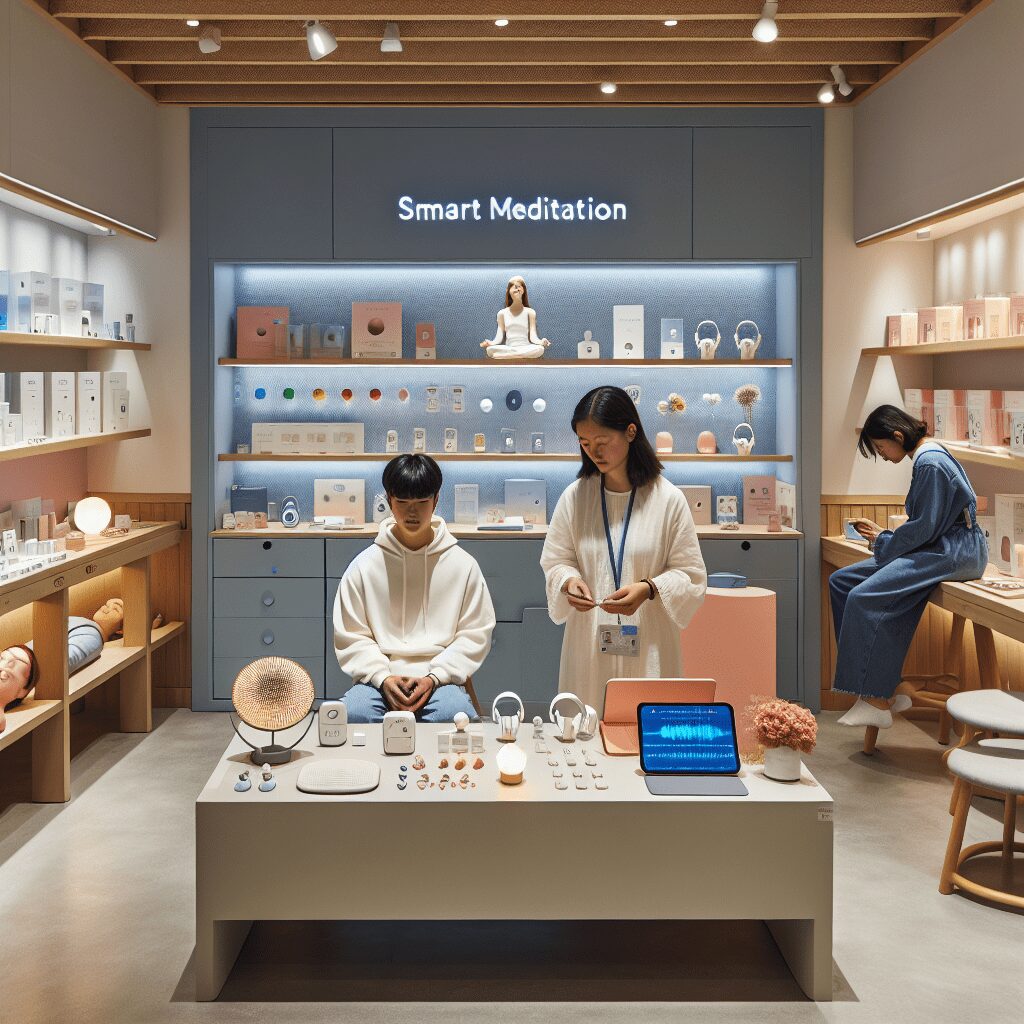
Prioritize your mental well-being daily. Enhance your life by nurturing your mental health with the Smart Meditation app. Break free from stress, alleviate anxiety, and enhance your sleep quality starting today.
How To Measure Anxiety Or Depression?
Unraveling the Mystery: Measuring the Immeasurable
When it comes to understanding the depths of our minds, especially regarding mental health conditions like anxiety and depression, the waters can get pretty murky. While folks often chat about physical health with ease, navigating the conversation around mental health? That’s a whole other kettle of fish. Yet, acknowledging and measuring these conditions is pivotal to leaping towards betterment. But how, you ask, does one go about measuring something as complex and personal as anxiety or depression? Buckle up, because we’re diving headfirst into this conundrum.
Pinning Down the Intangibles: Tools and Techniques
First things first, let’s get one thing straight: measuring anxiety and depression isn’t akin to checking your height or monitoring your blood pressure. We’re dealing with intangibles here, folks. But fear not, for psychologists and psychiatrists have been on this case for ages, developing tools and techniques that, believe it or not, do a darn good job at quantifying the unquantifiable.
The Trusty Questionnaires
- Self-report Scales: Think of these as your mental health checklists. The Beck Depression Inventory (BDI) and the Hamilton Anxiety Rating Scale (HAM-A) are perfect examples. They ask participants about their feelings over the past week, with responses ranging from the severity of sleep disturbances to the intensity of hopelessness. It’s like taking a quiz where every answer sheds light on your state of mind.
- Clinician-administered Instruments: Sometimes, you need that human touch. Instruments like the Montgomery-Asberg Depression Rating Scale (MADRS) allow healthcare providers to assess symptoms through one-on-one interviews. It offers a more nuanced understanding, adding layers to the self-reported data.
The Cutting-edge Companions
- Wearable Technology: Welcome to the 21st century, where smartwatches do more than tell time; they monitor heart rate variability (HRV), sleep patterns, and even activity levels. Patterns here can point towards anxiety or depression, adding a quantitative measure to subjective experiences.
- Brain Imaging Techniques: While not routinely used for diagnosis in clinical settings, methods like fMRI and PET scans reveal brain regions’ activity levels, offering insights into the neurobiological underpinnings of anxiety and depression.
Cracking the Code: Interpretation and Beyond
Having a set of scores is one thing, but interpreting them? That’s where the rubber meets the road. Proper interpretation by trained professionals can differentiate between a bad week and chronic depression or pinpoint the type of anxiety disorder one might be grappling with. Remember, these tools and techniques are not crystal balls but rather compasses, guiding individuals and their healthcare providers towards understanding and, eventually, managing these conditions.
The Bigger Picture
- Holistic Approach: It’s crucial, however, not to get lost in the numbers. Mental health is multi-faceted; thus, assessments should be, too. Combining quantitative data with qualitative insights from therapy sessions, lifestyle considerations, and even genetic predispositions paints a fuller picture.
- A Path Forward: Identifying anxiety and depression is not an end but a beginning. It’s a clarion call for creating tailored treatment plans, be it through therapy, medication, lifestyle changes, or a combination thereof.
It’s clear as day that while you can’t measure anxiety and depression with a ruler or scale, the toolbox at our disposal is both broad and deep. With each questionnaire completed and every piece of data analyzed, we inch closer to demystifying these complex conditions, offering hope and healing to those on the journey to mental wellness.




